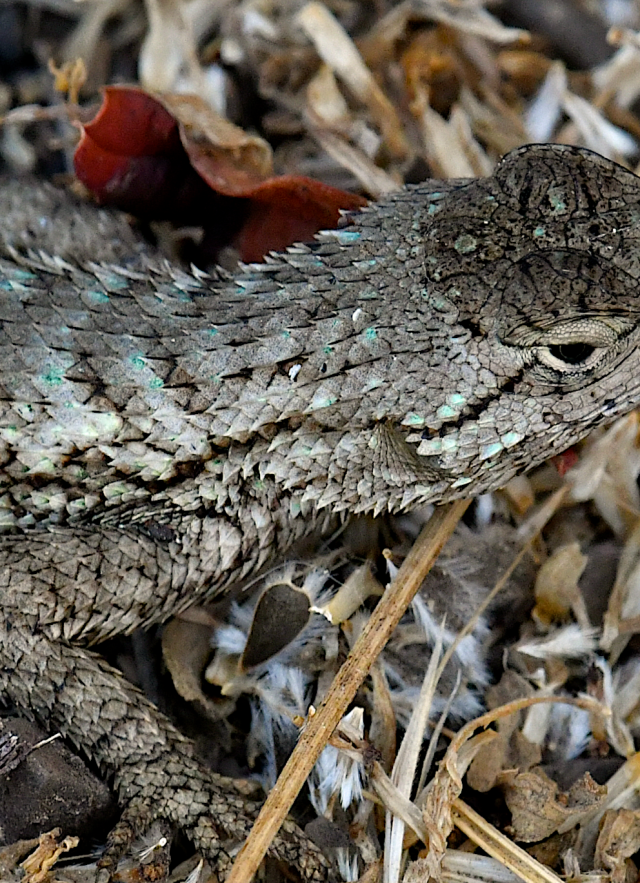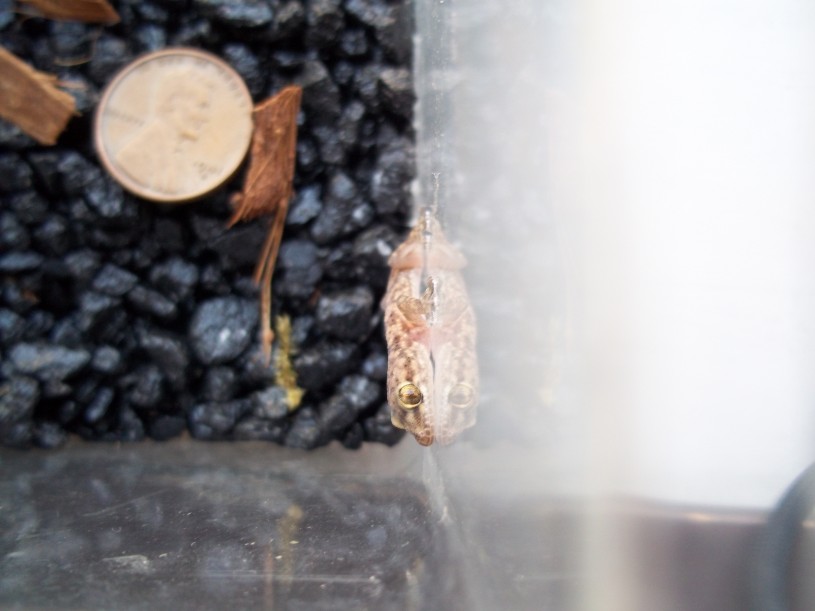RASCals

What is RASCals?
The Reptiles and Amphibians of Southern California (RASCals) community science project is a partnership between the Natural History Museums of Los Angeles County (NHMLAC) and the San Diego Natural History Museum. RASCals is designed to improve our knowledge of native and non-native reptiles and amphibians in Southern California. This region is home to 22.5 million people and has experienced dramatic urbanization and habitat modification. We need your help in documenting reptiles and amphibians throughout the region so that we can examine how various species have responded to these habitat changes. We are interested in native and non-native species and in observations in all types of habitats, from relatively pristine habitats to heavily modified, urban habitats, such as backyards, schoolyards, and urban parks.
NHMLAC Community Science Participants Discover New Gecko Populations in L.A.
Mediterranean House Gecko
- First L.A. County record
Indo-Pacific Gecko
- First California State record
- First L.A. County record
- First Orange County record
Through the museum’s Community Science Department, we have discovered two lizard species that had not been previously recorded in the Greater L.A. area, the Mediterranean House Gecko (Hemidactylus turcicus) and the Indo-Pacific Gecko (Hemidactylus garnotti).
These geckos are not native to California. The Mediterranean House Gecko, as you would expect from its name, is native to the Mediterranean region of southern Europe, northern Africa and the Middle East. The Indo-Pacific Gecko is native to Southeast Asia, but has been introduced to Australia, India, the Philippines, and Polynesia. In the United States, it has been documented in Hawaii, Florida, Georgia, Alabama, and now California.
These important discoveries were made possible by the keen eyes of our participating community scientists, including the Bernstein family, Mr. Yoshida, and Mr. Worrell. You can learn more about the Bernstein's discovery of Mediterranean House Geckos in L.A. County and see some live geckos on display in the Nature Lab.
Project Objectives
The goal of the Reptiles and Amphibians of Southern California (RASCals) community science project is to improve our knowledge of native and non-native reptiles and amphibians in Southern California*. Southern California is home to 22.5 million people and has experienced dramatic urbanization and habitat modification. Museum specimens provide a historical record of where particular species were found in the past, but we need more information on exactly where these species are found today. This is why we need your help in documenting reptiles and amphibians throughout Southern California. Observations will allow us to test how the ranges of various species have responded to habitat modification. So we care about observations from less urbanized places and also observations from heavily urbanized places such as downtowns, schools, neighborhoods, and backyards.
People have also brought numerous non-native species to Southern California. Some species were introduced intentionally (like the bullfrog) and others were stowaways hitching rides with cargo (like the Mediterranean House Gecko). We want to learn where these non-natives occur and also what native species they might be interacting with in their new California home.
This research is motivated by basic science, in the sense that through the help of thousands of community scientists, we are studying the natural history of Southern California's reptiles and amphibians. And we expect multiple scientific publications to result from this research. The first publication is already complete with the Bernstein's publishing their record of the Mediterranean House Gecko in Herpetological Review with the assistance of museum scientists. However, our goals are not only motivated by basic science. Importantly, this research also has an applied focus. Our discoveries of what factors are important in determining where various species do and don't occur can be applied towards future urban planning, conservation, invasive species management, and habitat restoration.
*Here, Southern California is defined as the ten southernmost counties in California (i.e., San Luis Obispo, Kern, and San Bernardino Counties and all counties south of these).
How to Participate
It is easy to participate in RASCals. All you need to do is follow three easy steps.
- Find lizards, snakes, turtles, frogs, and salamanders: Go out and find species in your neighborhood or anywhere in Southern California (defined as the ten southernmost counties in California, i.e., San Luis Obispo, Kern, and San Bernardino Counties and all counties south of these). Hopefully these critters are alive and well when you find them, but even photos of roadkill or other deceased animals provide important observations.
- Take Pictures or Audio Recordings: Once you find a reptile or amphibian, take at least one photo of it. Try to have one photo be close enough so that you or others can carefully examine it to confirm the species. You can also upload audio recordings of frog calls. Most frog species produce a mating call. These calls vary by species so good recordings can be used to confirm the presence of a particular species.
- Upload Pictures or Audio Recordings. There are two ways to submit:
- E-mail: Best for submitting one or a few observations. You do not have to identify the reptile or amphibian you photographed. We can help you with that. Please include date and location (these are really important). Please also include time and any other observations you think are relevant such as weather and general habitat features. The location should be as detailed as possible (a street address, for example). We will contact you if we need any additional information.
- Upload to RASCals Project on iNaturalist: Best for submitting many observations and participating for an extended period. Please include date and location (these are really important). Please also include time and any other observations you think are relevant such as weather and general habitat features. Note that to upload your images and/or recordings to RASCals you will need to create an account on iNaturalist or log in with your Facebook, Twitter, or one of your other social media accounts. There is an iNaturalist app available for iOS and Android.
iNaturalist is a fun online community in which others can share in your find, comment on your observation, and even help identify the animal you photographed. Museum scientists should confirm and/or comment on your observation within a few days of you posting it to iNaturalist. We strongly encourage everyone to participate in RASCals through iNaturalist.
Remember that reptiles and amphibians are protected by law, so please do not attempt to kill, collect, or take any wild reptiles or amphibians.
RASCals Data
Reptiles and Amphibians of Southern California Data
To view the most recent Reptiles and Amphibians of Southern California (RASCals) data, visit our project page on iNaturalist.
On the project page you will be able to view a map of observations that have been submitted, see who has contributed, how many contributions each person has made, and how many of the potential species in this area have been documented through RASCals.
Lost Lizards of Los Angeles Data
From 2010 to June 2013, NHMLAC had a successful community science project called Lost Lizards of Los Angeles (LLOLA). LLOLA aimed to find out where lizards occur in the Los Angeles Basin, and start to hypothesize why they can survive there.
The success of this project led NHMLAC to expand the scope by including all reptiles and amphibians and expanding the geographic range from the Greater L.A. area to all of Southern California.
Many Thanks
In addition to museum staff, sincere thanks for support in the creation of RASCals goes to:
Dr. Robert Espinoza, Ph.D,. California State University Northridge
Gary Nafis, Creator of Californiaherps.com
Ian Recchio, Curator of Reptiles at the Los Angeles Zoo
And a special thanks to Leslie Gordon, Manager of the Vertebrate Live Animal Program and Dr. Brian Brown, Curator of Entomology who developed the LLOLA program. RASCals is an expansion of LLOLA and was created because of LLOLA’s tremendous success.
Contact Us
General Inquiries
rascals@nhm.org
You can also follow Herpetology Section happenings on Facebook.
Want to learn more about urban nature? Check out our Stories section for more of our nature posts.
